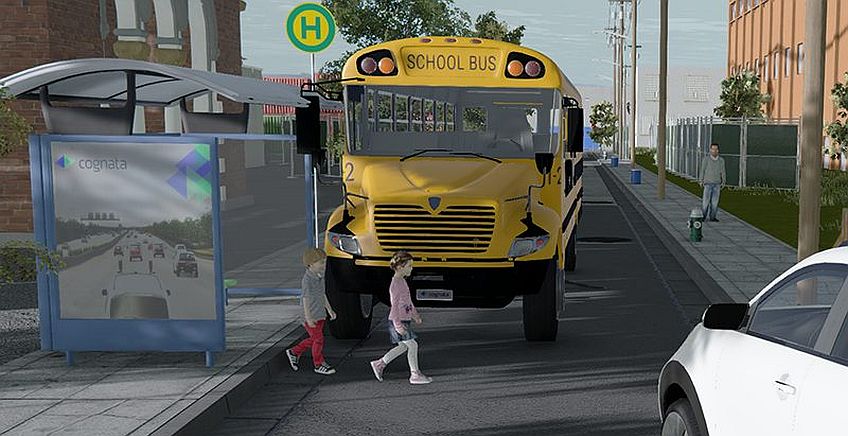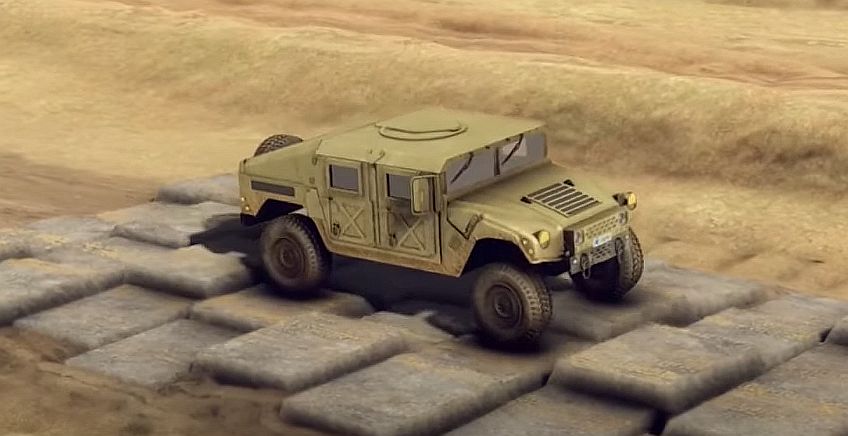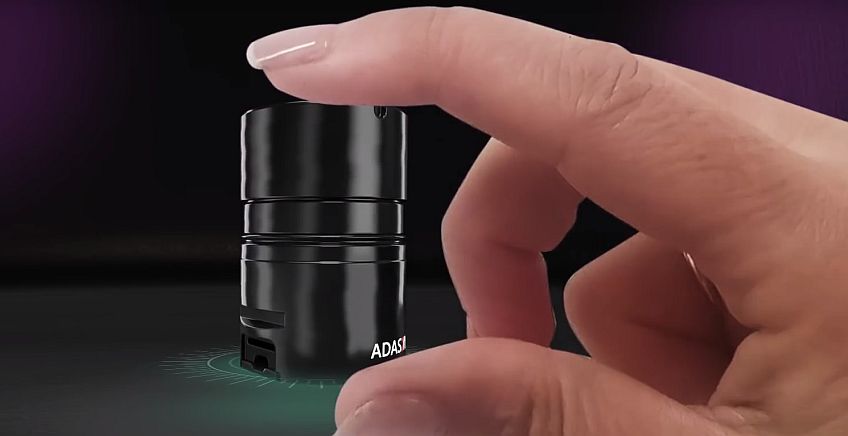Cognata Company from Rehovot, Israel, has announced few weeks ago the appointment of Dr. Gahl Berkooz as Chief Data Officer and President, Americas. This is a new function in the company, and staffing it with a senior, experienced figure reveals new Cognata’s strategy to move from supplying a simulator towards complete procedural solution intended for both development and validation of ADAS and autonomous driving systems. The goal of this platform is to cover all the phases – starting at creating and managing data and ending at executing verification processes that are obliged throughout product lifecycle.
Nowadays, smart vehicle is conceptualized as a computer on wheels, an instrument that produces enormous amounts of data that needs to be managed and utilized in the form of analytics and monetization. However, when Berkooz joined Ford in 2004, the field of connected vehicle was in its infancy, and the interface between cars, data and computers was far less natural. In a conversation with Techtime, Berkooz, who holds a Ph.D. in Applied Mathematics from Cornell University, says: “The data area among major vehicle manufacturers was a mess. As the connected car field evolved, it was clear that we need a new approach regarding data management and the way we can utilize it”.
During his time at Ford, Berkooz was in charge of establishing the Information Management and Analytics at the OEM, both organizational data and data that is produced and consumed by drivers. He was the one who formulated the way data is collected and standartized to produce analytics and monetization. Later, he moved to General Motors as Chief of Analytics for General Motors’ Global Connected Customer Experience (OnStar) Division, where he led similar processes between 2016- 2018.
Berkooz arrived at Cognata through his third career’s milestone, German Tier-1 ZF, where he established the ZF Digital Venture Accelerator, building technology start-ups for ZF. Cognata and ZF are collaborating for several years. “I was introduced to Cognata through ADAS development startup who worked in collaboration with Cognata. This cooperation emphasized the need of reducing ADAS verification costs”, said Berkooz.
The way to autonomy is paved with endless milage
At the beginning of the technological journey towards autonomy, AV developers based their testing mainly on test drives, intended to train the systems and verify their reliability in recognizing the environment and decisions making. However, car industry quickly realized that these road tests have limited efficiency.
Berkooz: “Road tests are an expensive operation, and it is hard to ‘catch’ rare scenarios. Car industry is trying to form the most efficient and proper way of validating ADAS. As the level of autonomy is higher, the range of validation is increased, and in a non-linear manner, since the more the vehicle is responsible for more driving aspects, more scenarios should be evaluated, and the coverage must be greater accordingly”.
As of today, the focus in ADAS development and verification is moving from road tests to simulators. Cognata’s simulator creates virtual environment that imitates the road in detail, starting at the exact street mapping, drivers and cars behavior and ending at small, unexpected items such as road flaws, trash cans, signs, trees and even a cat suddenly running into the road. Cognata’s simulator is capable of systematically producing driving scenarios’ clusters, which evaluate the functionality of sensors and computing units at every situation they may encounter in the jungle called “the road”.
From simulation company to data company
However, although using a simulator significantly accelerates the development and test processes, one can not based the verification of a safety system solely om simulator, since simulation is eventually only an approximation of reality.

According to Berkooz, Cognata is now formulating a strategy where the simulator is just another instrument in a complete ecosystem of processes and solutions for developing and validating ADAS. “The simulator is not the center, the data are. Eventually, the simulator is an instrument for generating data to be used by development, training and validating processes. Cognata is striving to position itself as a data company, whether it is data generated by simulator in virtual environment or actual data collected by sensors and road tests. Our algorithms provide us with the capability of taking road test’s data and alter parameters such as sight angle. We take the data and make it meta-data that generates additional data”.
Berkooz explains the validation processes are currently decentralized, and there is a need for a platform to concentrate all the processes, the same way it’s done in the PLM plaforms. “We are moving towards focusing on developing data tools and assets. OEMs generate a lot of data during road tests, but they have no methodology that enable them to make use of this data as part of their future development efforts. The goal is to provide a unified platform that supports data from simulations as well as from actual sensors. This will help reducing verification and road tests costs. This synergy opens a whole new world of possibilities.”



